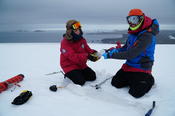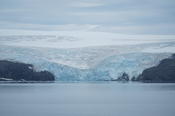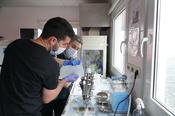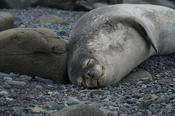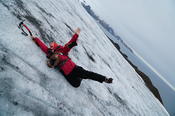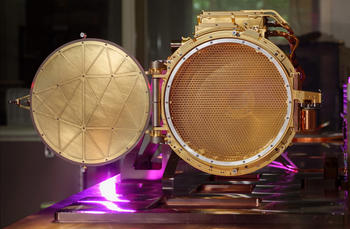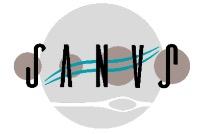Department of Earth Sciences
Service Navigation
Natural Analogues for Ocean Worlds
Ocean worlds in the outer Solar System are key locations that may host habitable conditions and even possibly extra-terrestrial life. Several space missions, such as Europa Clipper and the next ESA large-class mission to Enceladus, are ongoing or planned to investigate their habitability. To prepare as best as possible for these missions and improve the performance of their instruments, we perform a comprehensive analysis of analogue target material that include natural samples from terrestrial locations. A wide range of environments with relevant analogue conditions, possibly hosting extremophiles microorganisms, is targeted for sampling. Subsequently, analysis with techniques relevant for space exploration allows to collect data that will be of prime importance for the development of space missions to icy ocean moons and for the upcoming data analysis of instruments such as the SUrface Dust Analyzer (SUDA) onboard Europa Clipper.
A first field work campaign in Antarctica has been achieved in 2024 by Maryse Napoleoni and Lucía Hortal Sánchez, in collaboration with Pablo L. Finkel and Laura Sánchez from the Centro de Astrobiología in Spain and the Instituto Antártico Uruguayo. The campaign was mostly funded by a START grant obtained by Dr. Nozair Khawaja at Freie Universität Berlin (START Funding Line 2023-2024). Icy samples were collected from Collins glacier in King George Island (South Shetland Islands), and are currently being analyzed in both our Laboratory facility and by our collaborators to assess the detection capabilities of spaceborne techniques in regard to biosignatures in complex ice matrices. This first field work campaign was a starting point for further analysis of analogues samples from a range of terrestrial environments relevant for icy ocean moon exploration.
More images of the field campaign in King George Island, Antarctica are available here.
CONTACT:
Dr. Maryse Napoleoni (phone +49 30 838 72119; m.napoleoni@fu-berlin.de)
PhD student Lucía Hortal Sánchez (phone +49 30 838 68183; lucia.hortal@fu-berlin.de)
